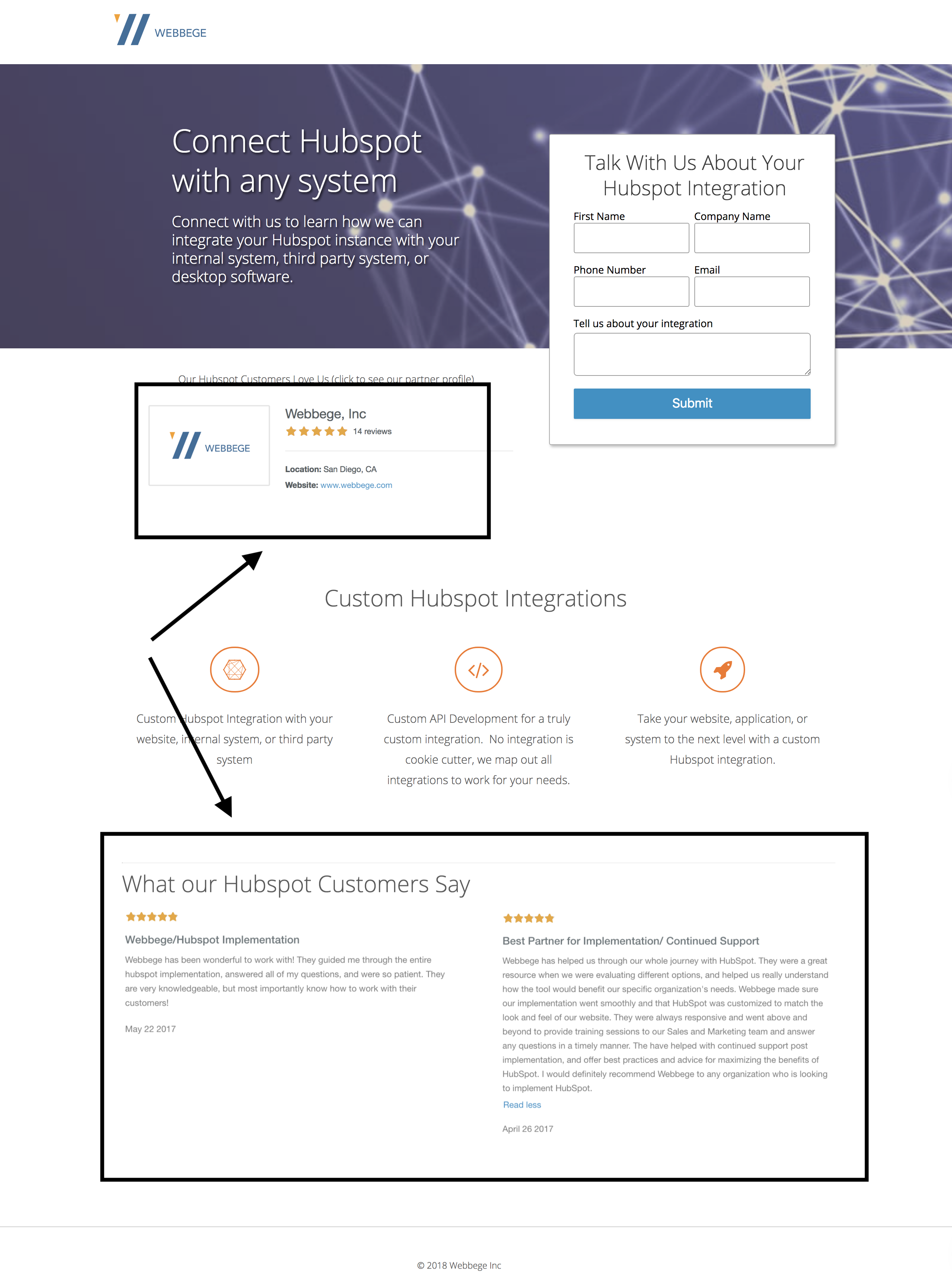As a busy marketing professional, you strive to prove the ROI of your marketing campaigns. Your goal is to generate as many leads as possible for your sales team to close. But, finding the right prospects can be a constant challenge. Inbound marketing differs from traditional marketing by understanding individual customers at a deeper level, instead of marketing to corporations as an entity.
Inbound marketing attracts specific visitors by understanding who your target audience is, where they look for content, and what type of content they need. We cover the different methods to attract prospects to your website. In the end, you'll see how inbound marketing helps the right visitors consistently find your website!
Using Inbound Marketing to Attract Highly Qualified Prospects
Step 1: Creating content for your target audience through a robust blog.
As Bill Gates stated in 1996, "Content is king." Visitors need a reason to come to your website on a regular basis. Content fills this need by providing a transfer of your company's industry expertise to your target audience. By investing time and energy into a blog, you can create content that can be efficiently distributed, promoted, and analyzed. Maintaining a robust blog means writing content on a regular basis, whether daily or weekly.
![]()
For advice on how to get started blogging, check out our series of posts on the fundamentals of blogging. We start by helping you understand your target audience: what content they read, where they read it, how it is formatted, and why they look for specific content. Once you master the blogging basics, we teach you technical methods to help your content rank higher on search engines.
- How to Create a Buyer Persona
- How To Blog: Understanding Your Audience
- How To Blog: Creating Topics and Working Title
- How To Blog: Organizing and Writing Content
- How To Blog: Formatting and Visual Optimization
- How To Blog: Optimize For On-Page SEO
Step 2: Promoting your content to reach your target audience.
Once you create content on a regular basis, it is time to think about how your content can reach your target audience. The main way that users find content is through major search engines. In fact, Google processes over 40,000 search queries every second! Search engine optimization, or SEO for short, is a technique to help your content rank higher on major search engines, such as Google. This method involves adjusting both on- and off-page elements of your content. You can think of SEO as online "word-of-mouth" for your website's content. Find out more in this post about how to use organic SEO and PPC to grow your business.
Pay-per-click, or PPC for short, is an alternate technique to SEO to raise the online visibility of your content. PPC is paid, so you have to keep in mind your marketing budget. In a PPC campaign, you pay for a digital advertisement of your content. Each time a user clicks on your paid ad, you have to pay the PPC provider. Find out more in this post about how to use PPC to build your business.

With billions of active users across social media platforms, savvy marketers realize the importance of social media marketing. In a 2017 survey of content marketing channels by HubSpot, one-half of marketers plan to distribute their content across YouTube and over one-third plan to distribute their content on Facebook Video and Instagram. All three of these social media platforms emphasize images and video. These two trends have risen in popularity because images and video have higher engagement with audiences than text alone. Using a content management system with your inbound marketing can automate your social media posts and maintain a consistent social media presence.
Step 3: Getting your visitors to stay on your website.
At this point, you have engaging content and a plan to distribute your content to reach your target audience across multiple channels. Now, you want to get visitors to stay on your website, with the goal of having visitors convert into leads. Visitors want to stay on websites that are responsive and intuitive, so consider a website redesign to create a website that better meets your user's expectations.
At the same time, you can continue to build your company's brand. Your brand is how your company matches its mission and values with its products or services. Aligning your brand with the needs of your target audience takes time and consistent effort. You can use your new knowledge in blogging and social media marketing to create, distribute, and promote fresh content that raises awareness of your brand! We realize that every marketing department is on a budget, so learn more in this post about how to brand your business on a budget.
Now, you know how to find the right prospects using inbound marketing! We covered a lot of ground on the different ways to attract visitors to your website. Let's briefly review what we learned.
What We Learned
We learned how inbound marketing keeps your marketing pipeline full with the right visitors. Finding prospects can be a challenge, but there are resources to help you identify and attract visitors on a regular basis. Your target audience has pain points that they search online for help with.
Your content should match provide your audience with the answers that they are seeking. Through blogging, SEO, PPC, and social media, you can connect your content with your target audience in places that are familiar to them. In the end, you should enjoy more visitors and more opportunities to close deals!
What has been your most effective method to attract visitors to your website? Share your thoughts in the comment section below and help our community learn.
Webbege is a leading San Diego B2B website design and digital marketing agency that provides a suite of marketing automation tools. Our clients range from small businesses to Fortune 500 companies. Let's team up and grow your business.








